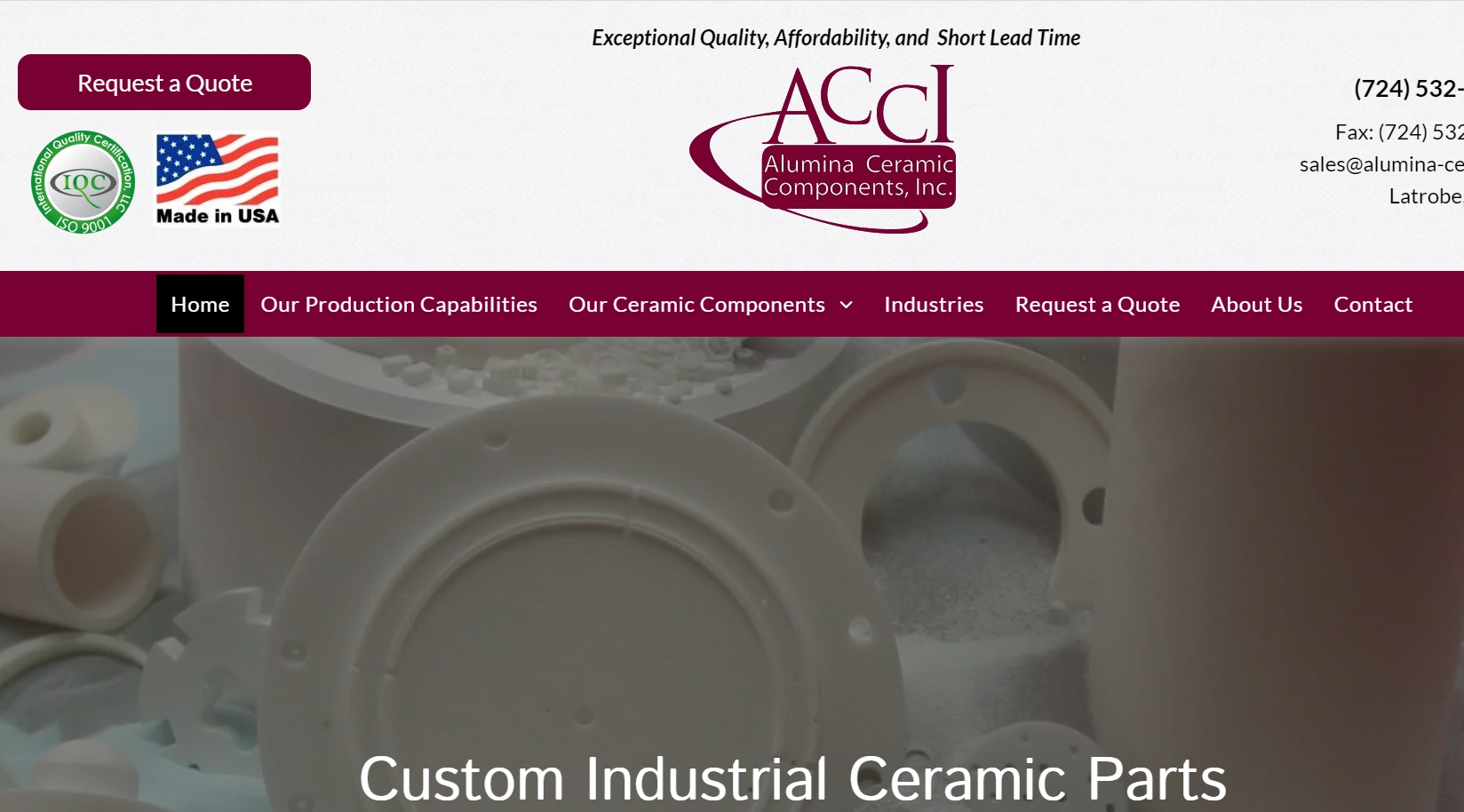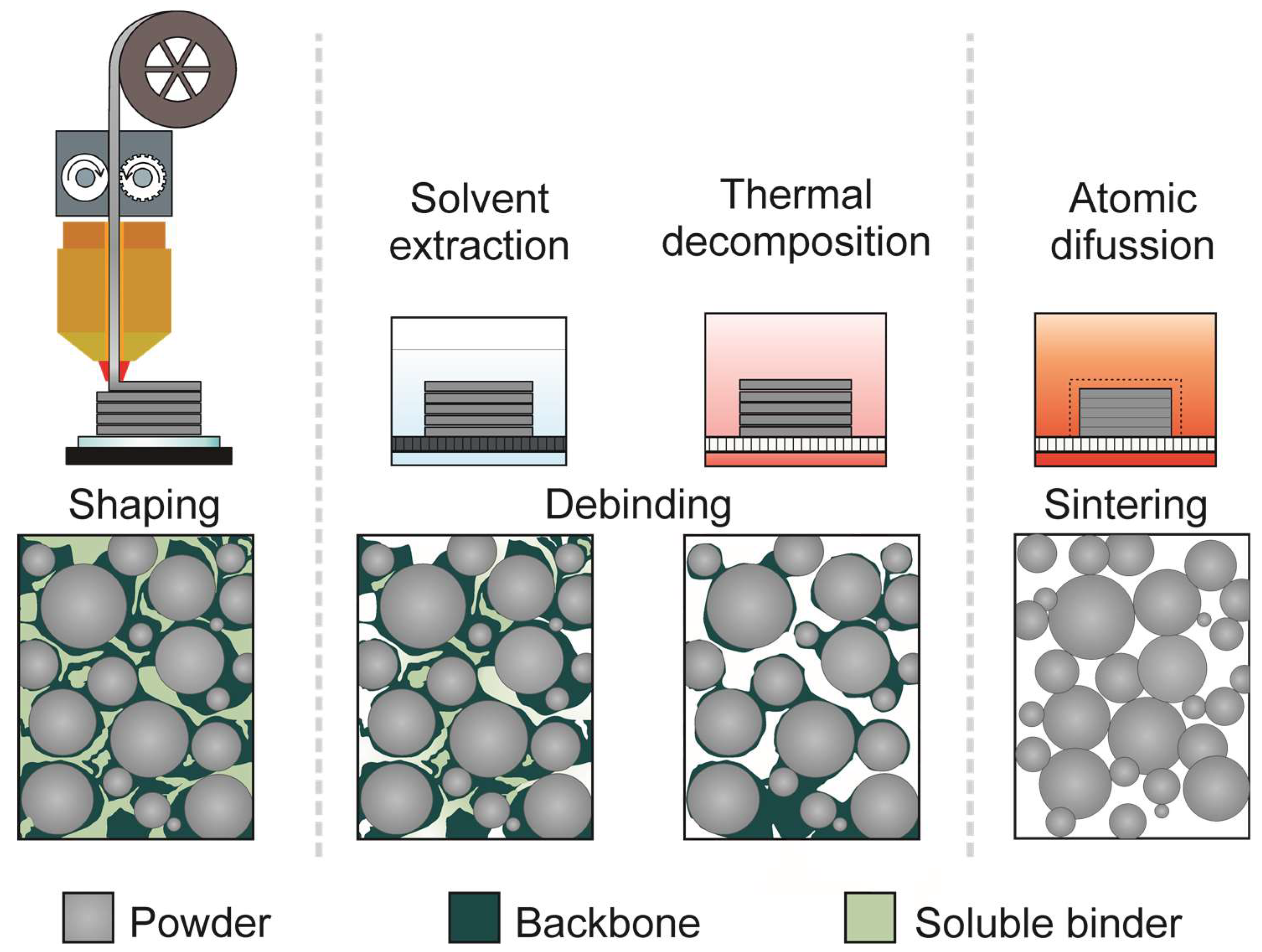What Types Of Elements Typically Form Engineered Ceramics

Ceramics can be organised into types or categories in terms of composition oxide carbide and so on.
What types of elements typically form engineered ceramics. The word ceramics has a very broad definition. Usually they are metal oxides that is compounds of metallic elements and oxygen but many ceramics. Ceramics and glass are typically classified according to two main categories based on end use. Humans have produced ceramics since at least 24 000 bc.
Decoration includes specific design motifs colors and iconographic elements. Some elements such as carbon or silicon may be considered ceramics ceramic materials are brittle hard strong in compression and weak in shearing and tension. The characteristics of some of the more common are given below. Treasured by both the owner and the maker these products are made from naturally occurring clay and sand.
Types of engineering ceramics. The raw materials are combined with water to form a mix that can be shaped or molded. Advanced technical versus traditional products. Modern ceramics include some of the strongest known materials.
Ceramic composition and properties atomic and molecular nature of ceramic materials and their resulting characteristics and performance in industrial applications. Alumina aluminium oxide al 2 o 3. It is important to identify paste type and surface treatment first because the same decorative elements can occur on several different paste types and surface treatments. So this rules out iron or copper because those are metal as well as wood and.
The nearly 4 5 trillion global electronics industry would not exist without ceramics. Ceramic based components are indispensable in products such as smartphones computers televisions automotive electronics and medical devices. In chemistry ceramics refers to any non metal non organic solid. Traditional ceramics and glass which are summarized in table 1 consist of products that have been used since ancient times for construction decoration furnishing food and beverages transportation.
Found in many households. A ceramic material is an inorganic non metallic often crystalline oxide nitride or carbide material. Alumina aluminium oxide al 2 o 3 is by far the most commonly used engineering ceramic and is generally specified as the ceramic of. This predates the use of metal.
This is the most specific of the elements identifying a ceramic type. Ceramics are difficult to work after they are made so usually they are shaped into their final desired. Ceramics are commonly used in construction consumer products vehicles scientific and industrial. Raw materials for ceramics include clay kaolinate aluminum oxide silicon carbide tungsten carbide and certain pure elements.
How ceramics are made. Types of ceramics for industrial applications the mention of the word ceramic takes you to the world of earthenware clay pots etc.



















